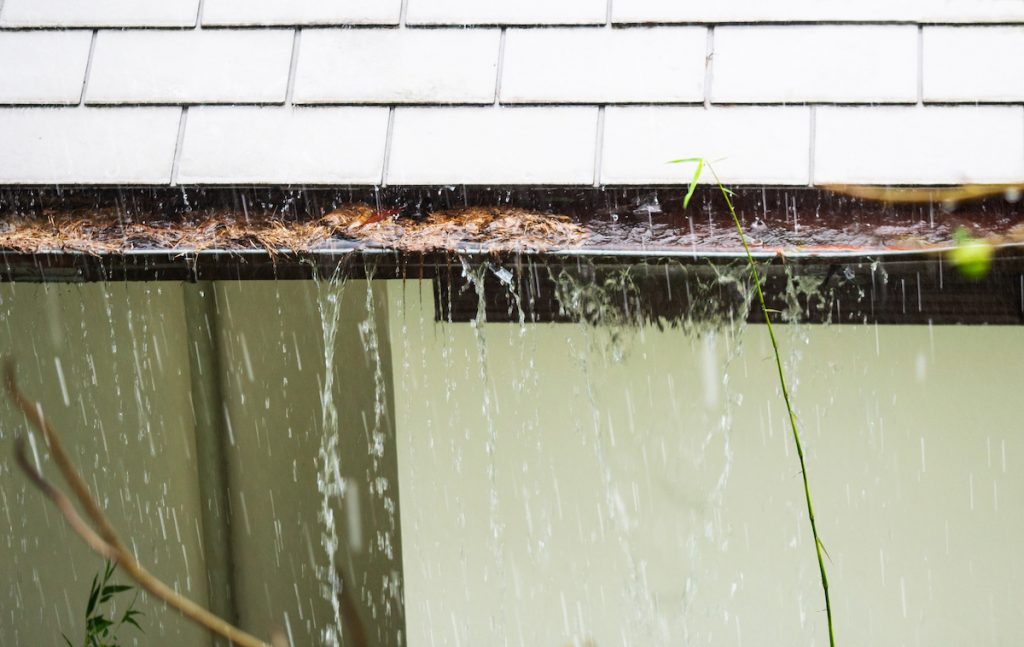Exposing the Key Triggers Behind Residential Water Leak Issues
Exposing the Key Triggers Behind Residential Water Leak Issues
Blog Article
They are making several great pointers relating to How Fast Water Damage Can Ruin Your Home in general in this post down the page.

Leaks not just create waste of water yet can additionally trigger unneeded damage to your home and also advertise unwanted organic development. Water leaks could go undetected since many of the pipework in our house is concealed. By looking as well as understanding for daily situations that cause leakages, you can secure your home from future leaks and also unneeded damages. Today, we will certainly look at six leak causes that might be creating your pipelines to trickle.
Intruding roots
Many water leaks begin outside the house instead than inside it. You might discover wet spots or sinkholes in your yard, as well as that may suggest that tree roots are getting into water lines triggering water to permeate out.
Rusty water systems
As time passes by, your plumbing system ages and rust such as rust may start eating away the pipes. This may be the root cause of staining or bending on your pipes. This requires an examination with your plumber instantly. If our plumbing system is old, think about replacing the pipelines given that they go to a higher risk of deterioration than the newer designs.
Malfunctioning Pipe Joints
The factor at which your pipelines connect is often the weakest link in the waterline. Pipe joints can degrade with time, resulting in water leakages. The majority of pipe joints are not quickly noticeable. If you have loud pipelines that make ticking or banging sounds, specifically when the warm water is turned on, your pipe joints are probably under a lot of pressure. It is advisable to have your plumber examine your system once a year.
Immediate temperature adjustments.
Extreme temperature level modifications in our pipelines can create them to increase and contract suddenly. This growth as well as tightening might trigger fractures in the pipelines, particularly if the temperature level are listed below cold.
Poor Water Connectors
Sometimes, a leak can be triggered by loose hoses and pipelines that provide your home appliances. Usually, changing is what triggers the loose water Links. You may discover in the case of a cleaning device, a hose might spring a leakage because of trembling during the spin cycle. In case of a water connections leak, you may see water running straight from the supply line or pools around your home appliances.
Blocked Drains
Clogged drains could be aggravating and inconveniencing, however they can sometimes end up causing an overflow causing rupture pipelines. Maintain getting rid of any type of products that might drop your drains pipes that can block them to prevent such aggravations.
All the above are root causes of leakages yet not all water leaks result from plumbing leakages; some leaks might come from roof leaks. All leakages should be fixed promptly to stay clear of water damage.
Leakages not just create waste of water yet can additionally create unnecessary damage to your house as well as promote unwanted organic growth. By comprehending and looking for day-to-day scenarios that create leaks, you can secure your home from future leakages and also unneeded damage. Today, we will look at six leak creates that may be creating your pipelines to leak.
At times, a leak can be caused by loose hoses and pipelines that supply your home appliances. In situation of a water links leakage, you might discover water running straight from the supply line or puddles around your devices.
How To Check For Water Leak In Your Home
How To Check for Leaks
The average household's leaks can account for nearly 10,000 gallons of water wasted every year and ten percent of homes have leaks that waste 90 gallons or more per day. Common types of leaks found in the home are worn toilet flappers, dripping faucets, and other leaking valves. These types of leaks are often easy to fix, requiring only a few tools and hardware that can pay for themselves in water savings. Fixing easily corrected household water leaks can save homeowners about 10 percent on their water bills.
To check for leaks in your home, you first need to determine whether you're wasting water and then identify the source of the leak. Here are some tips for finding leaks:
Take a look at your water usage during a colder month, such as January or February. If a family of four exceeds 12,000 gallons per month, there are serious leaks.
Check your water meter before and after a two-hour period when no water is being used. If the meter changes at all, you probably have a leak.
Identify toilet leaks by placing a drop of food coloring in the toilet tank. If any color shows up in the bowl after 10 minutes, you have a leak. (Be sure to flush immediately after the experiment to avoid staining the tank.)
Examine faucet gaskets and pipe fittings for any water on the outside of the pipe to check for surface leaks.
Undetected water leaks can happen without the home or business owner even realizing. If you suspect a water leak, but not able to find the source. It is time to contact a professional water leak detection service, The Leak Doctor.
How To Find a Water Leak In Your Home
https://www.leakdoctor.com/blog/How-To-Check-For-Water-Leak-In-Your-Home_AE197.html

Do you like reading about How to detect water leaks in your home? Try leaving feedback down below. We'd be pleased to find out your reactions about this post. In hopes that you come back again before long. If you appreciated our blog entry if you please be sure to share it. Thanks for your time. Visit again soon.
Set Up An Appointment Report this page